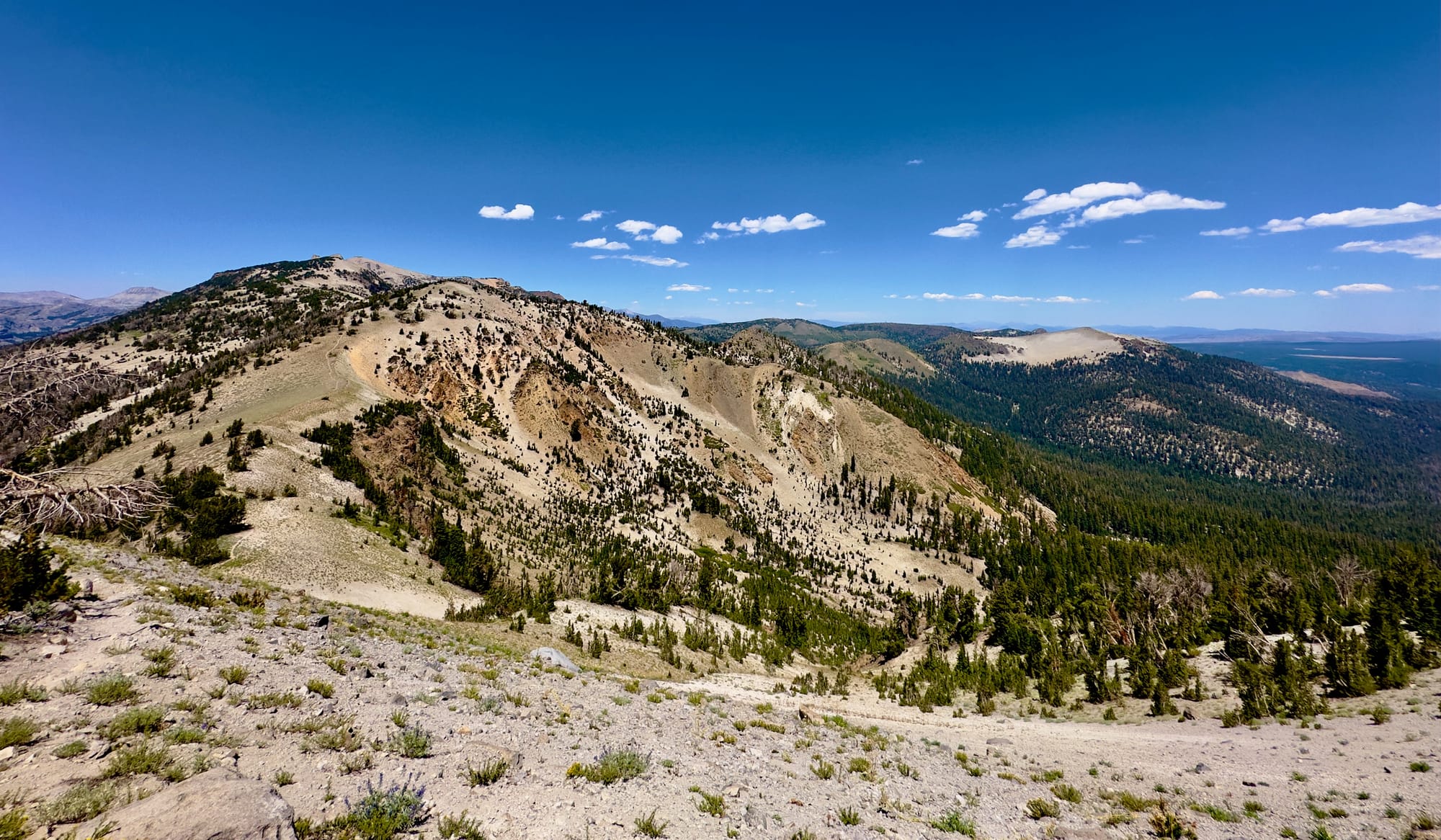Further afield: The Quest for the Lost Cement Mine
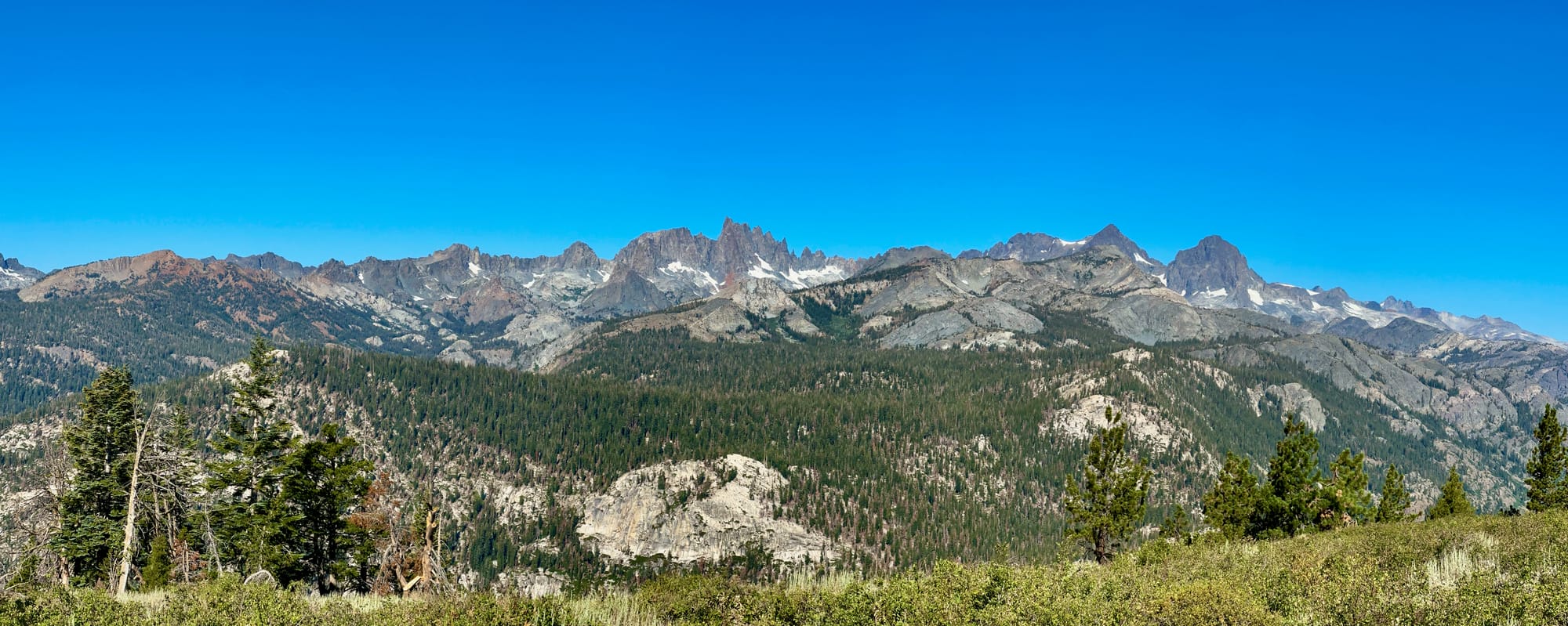
The Sierra Nevada mountains are rich with legends, but few are as captivating as the tale of the Lost Cement Mine. For over 150 years, this elusive gold-rich vein has sparked the imaginations of treasure hunters, adventurers, and history buffs alike. With its origins steeped in the Gold Rush era and tied to the intriguing history of Deadman's Pass and even the famed writer Mark Twain, the Lost Cement Mine weaves a tale that combines mystery, folklore, and the enduring human spirit.
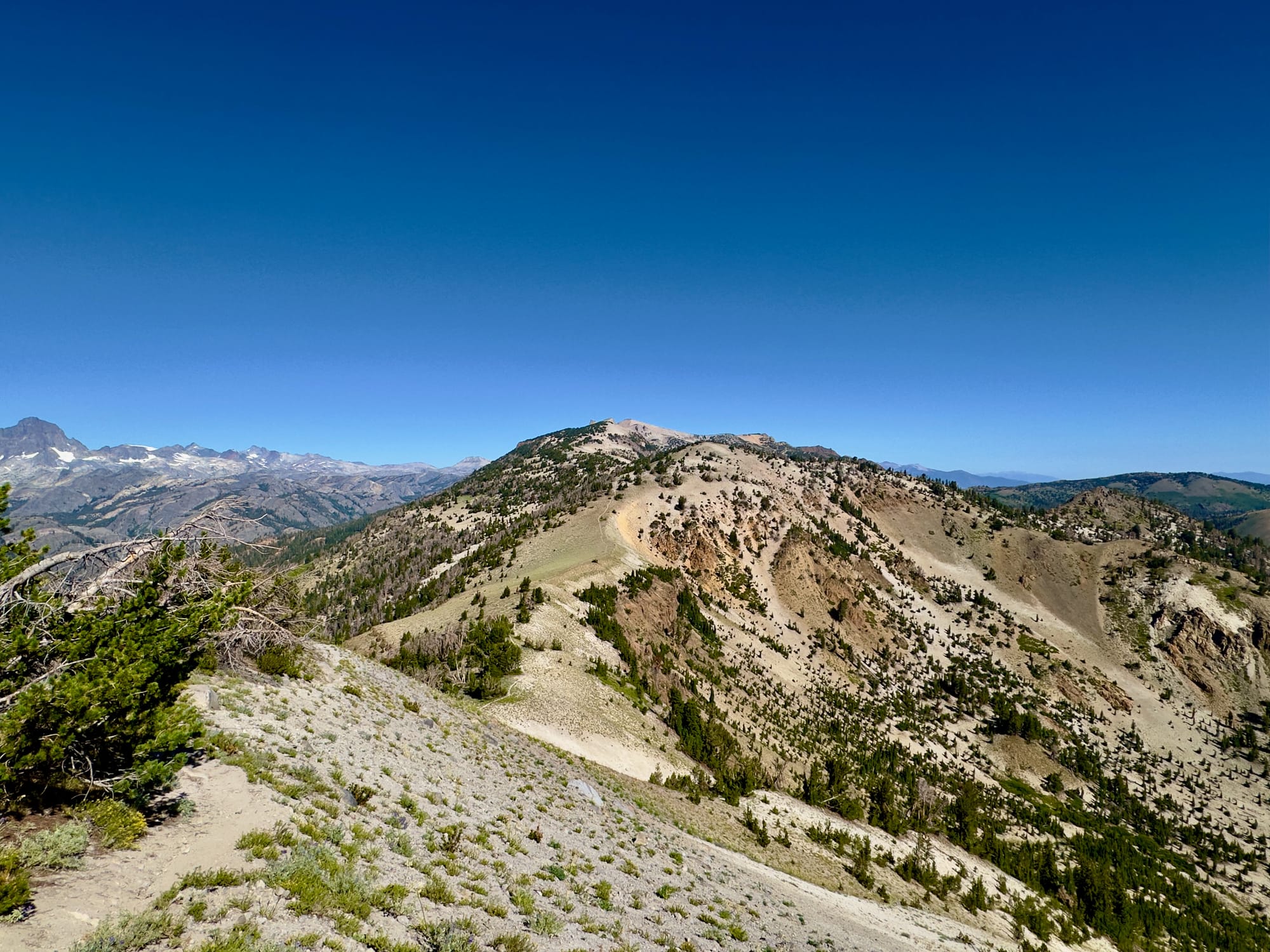
The Legend Begins
The legend of the Lost Cement Mine begins in 1857 when a group of prospectors, traveling along what is now known as Deadman's Pass in the Sierra Nevada, stumbled upon a rich vein of gold-bearing quartz mixed with cement-like material. This discovery occurred during the California Gold Rush, a time when stories of untold riches inspired thousands to seek their fortunes in the rugged wilderness of the West.
The story goes that the prospectors found a deposit so rich that they could pry out chunks of the cemented gold with a knife. However, for reasons lost to history, the group soon disbanded, and the exact location of the mine was never documented. One of the prospectors, known as "Poland," returned to the area years later, driven by the memory of the incredible find, but despite numerous attempts, he could never relocate the mysterious vein. This failure only added to the myth, as rumors of the lost mine spread, drawing countless treasure hunters to the region.
Deadman's Pass: A Key Clue?
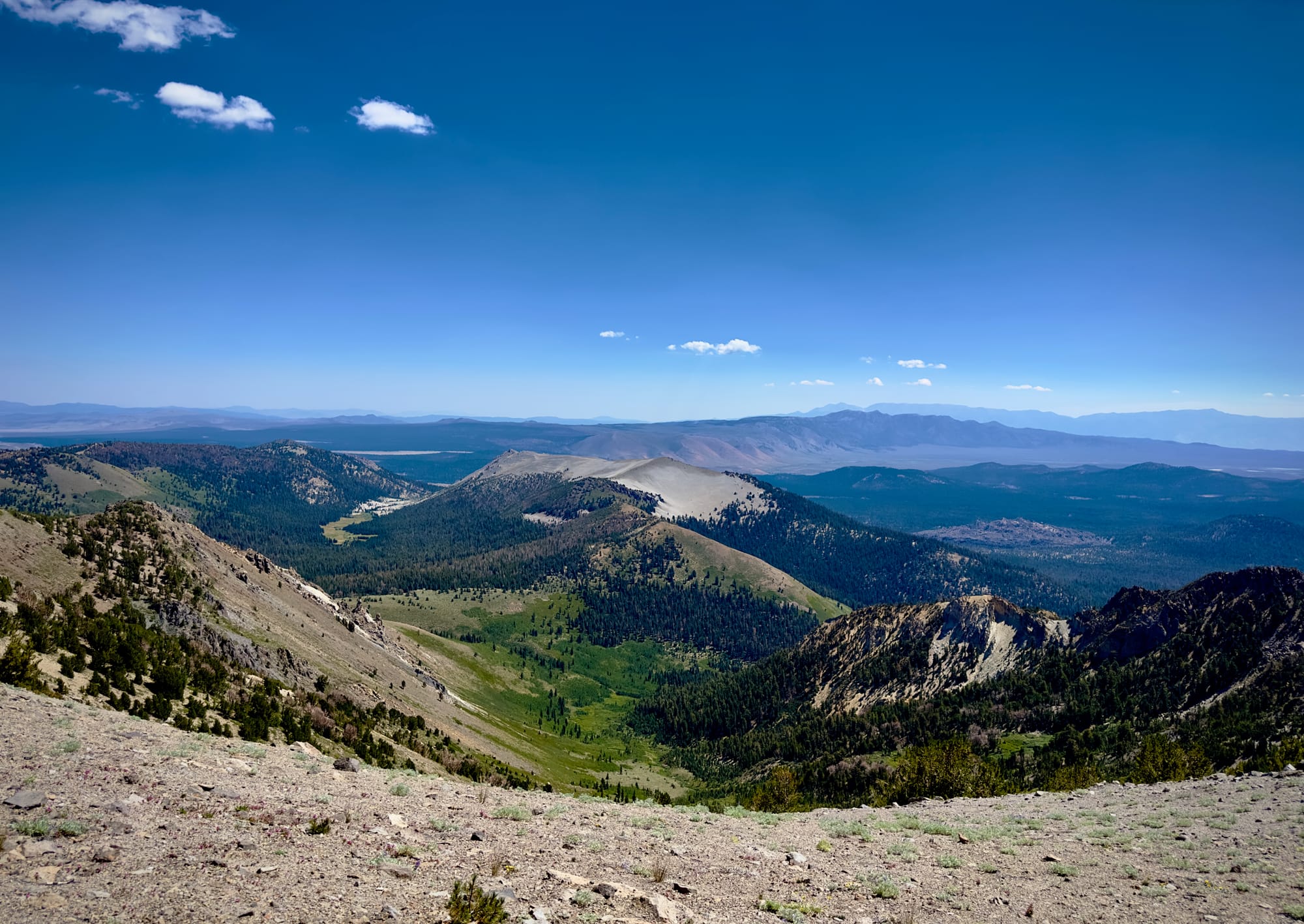
Deadman's Pass, a foreboding name that alone sparks curiosity, plays a significant role in the legend of the Lost Cement Mine. Located in the rugged terrain on the eastern flank of the San Joaquin Ridge, this pass was part of the emigrant route used by many prospectors and settlers heading west. The area earned its name due to the numerous tragedies that occurred there, including the unfortunate fates of several prospectors who never returned from their search for the mine. The story of the Deadman Pass, Summit, Creek, and Dome are best captured by the historical marker along Highway 395:
Legend of Deadman
In 1861 the burned and headless body of Robert Hume, a prospector, was found in a shallow grave not far from this site. Later, the head was located in a nearby stream (now known as Deadman Creek). Hume was last seen alive with his partner, Farnsworth, searching for the fabled Lost Cement Mine). When next seen, Farnsworth was asked about his partner, to which he told a story of a surprise Indian attack and barely escaping with his life. A subsequent investigation proved this to be untrue. Unfortunately, before an arrest warrant could be issued, Farnsworth disappeared.
However, the legend did not end there. A few years later, the remains of two nameless prospectors were found near the bottom of what is now Deadman’s Pass. Then, in December 1879, William Haines a postal worker, was reported missing during a severe winter storm while transporting mail between Mammoth City and Kings Ranch. His body and mailbags were later recovered near the bottom of what is now Deadman Summit. Thus, ensuring this section of Mono County would forever be linked with "Deadman".
Dedicated September 11, 2004
Bodie Chapter No. 64
E Clampus Vitus
The connection between Deadman's Pass and the Lost Cement Mine has led many to believe that the mine is located nearby, hidden somewhere within the treacherous landscape. Some treasure hunters have focused their efforts around the pass, hoping to uncover the gold-rich cement that eluded so many before them.
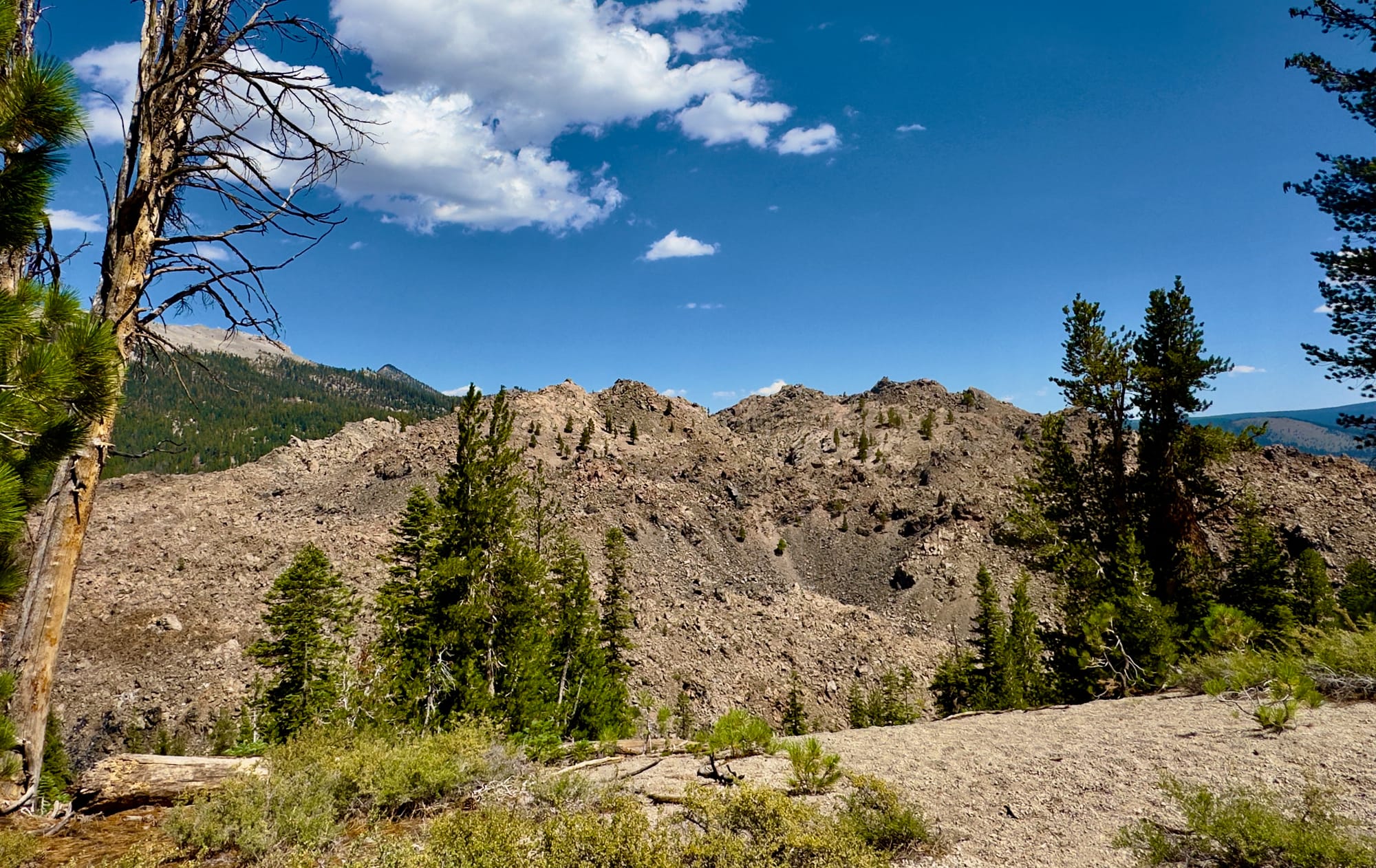
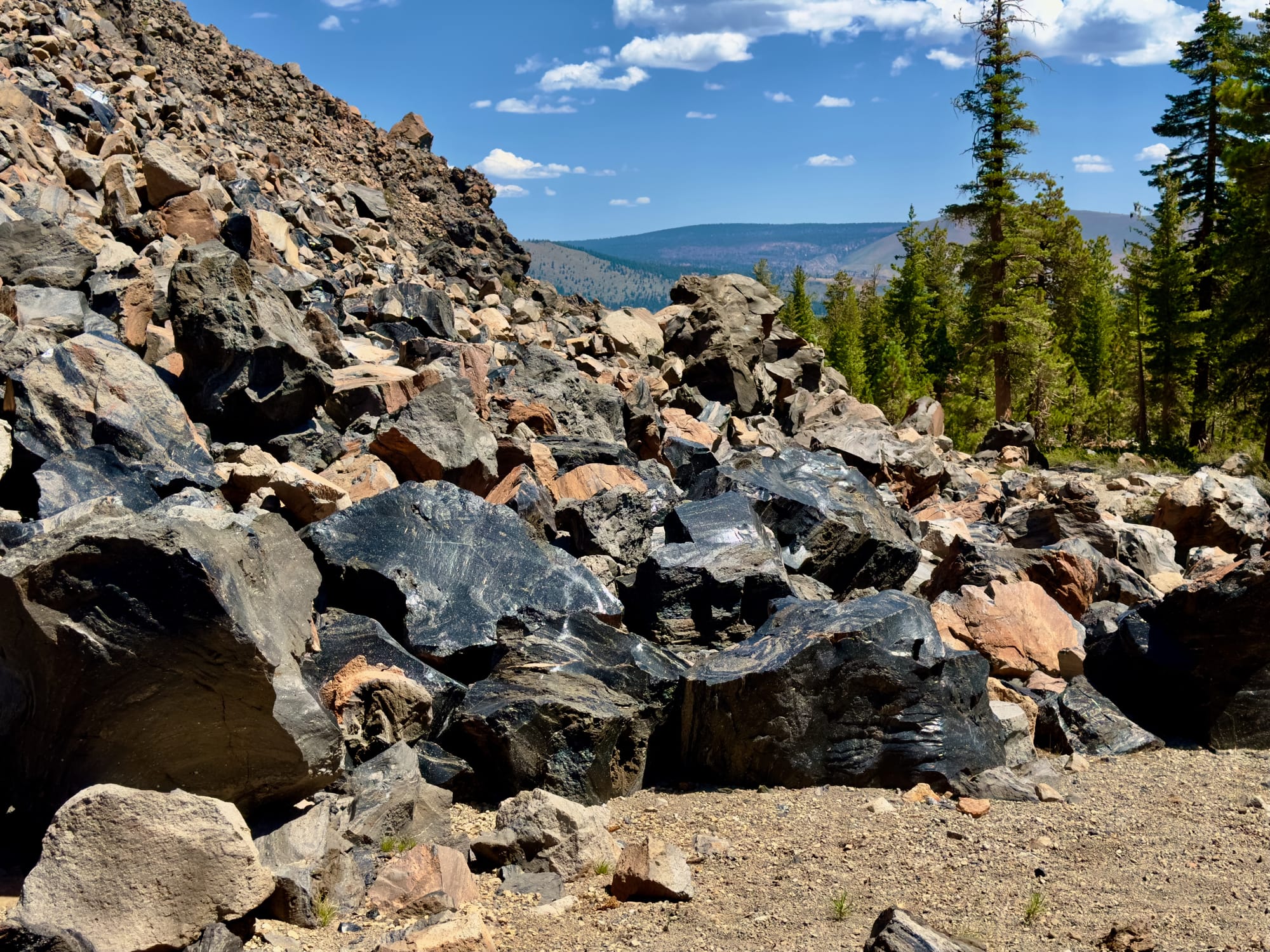
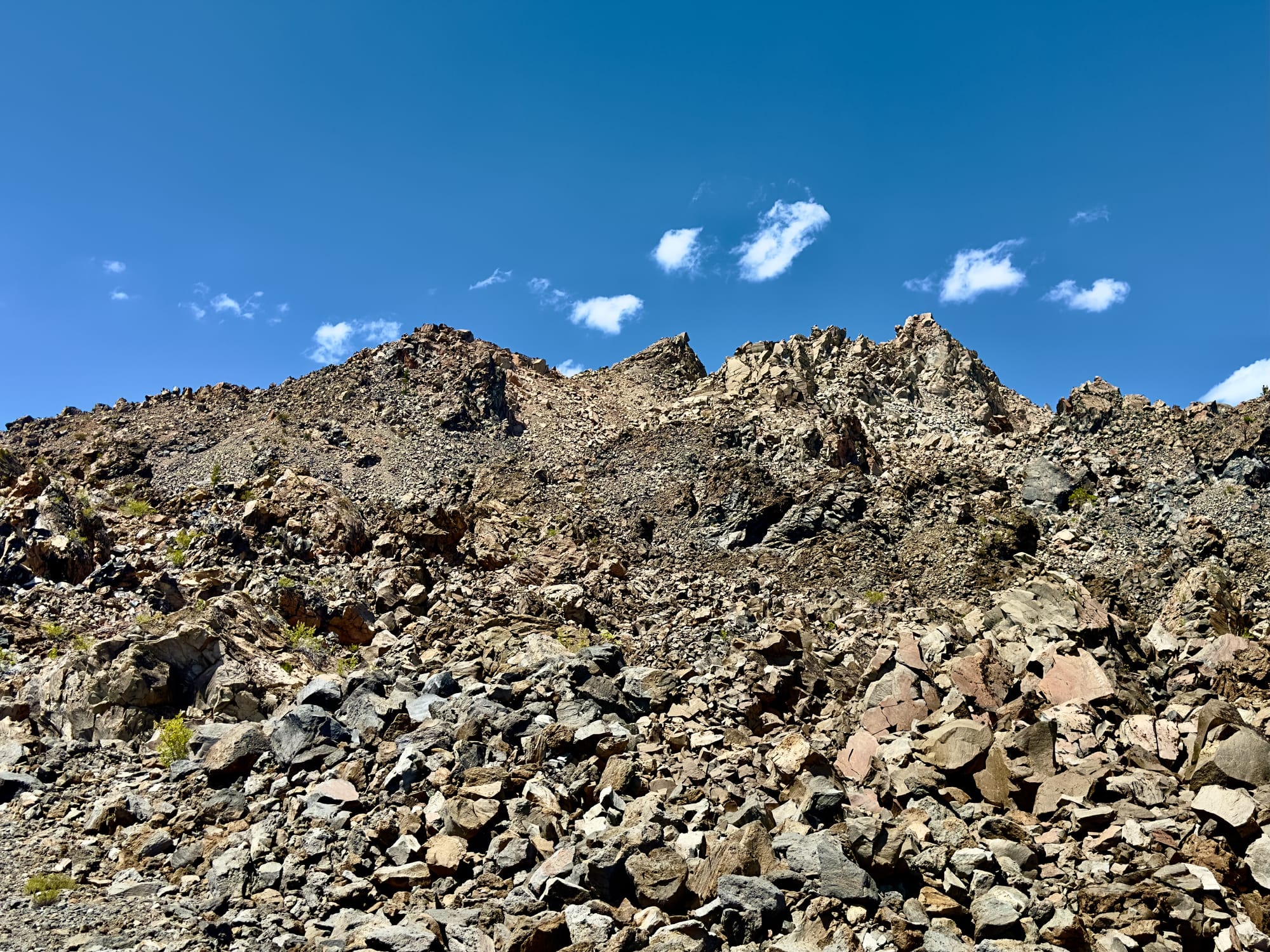
Mark Twain's Connection
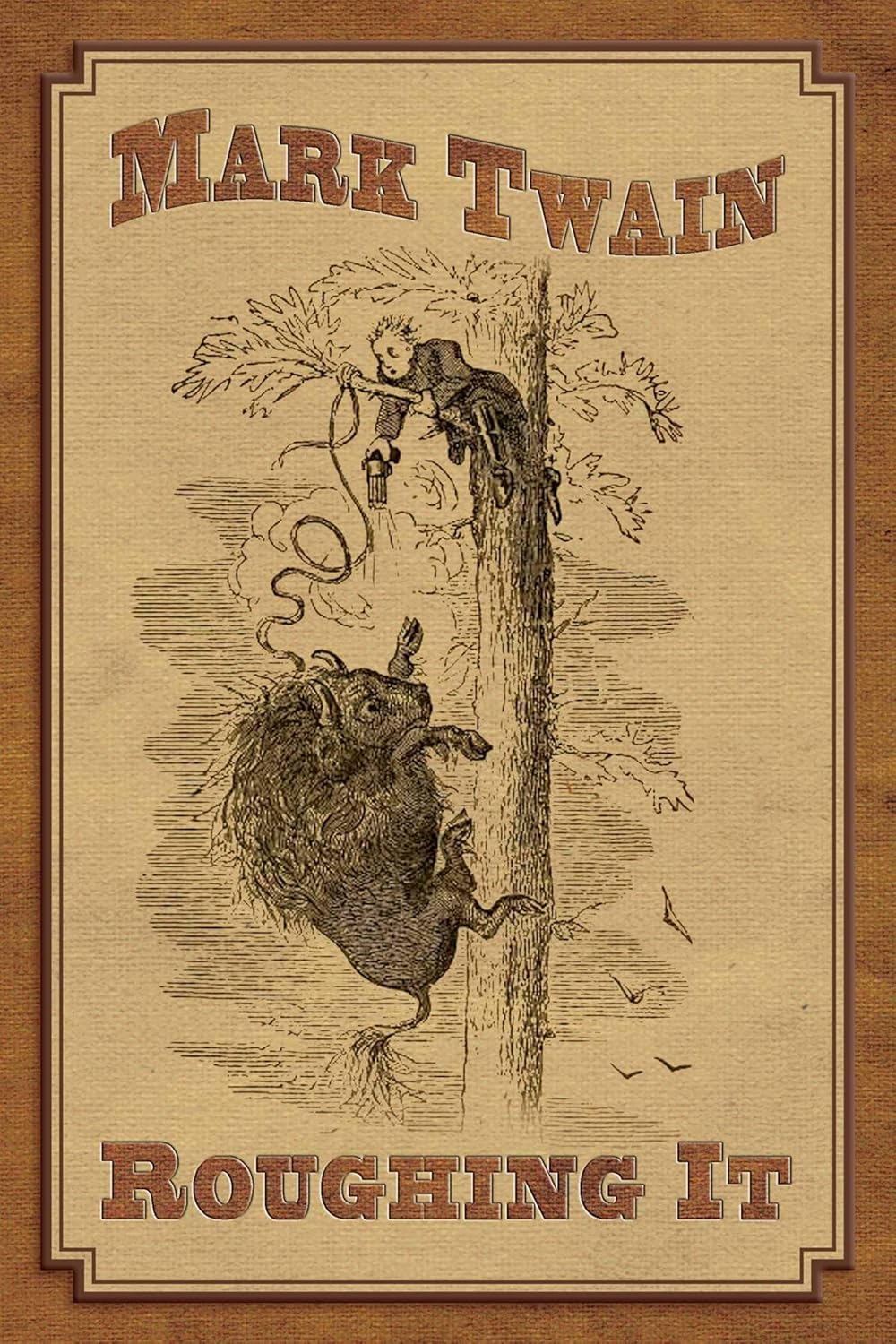
The legend of the Lost Cement Mine took on a new dimension with the involvement of Samuel Clemens, better known as Mark Twain. While Twain is best known for his literary works, his early years were marked by a fascination with the Gold Rush and the mining culture of the American West. In his book Roughing It, Twain recounts his own experiences in the Nevada Territory, where he heard tales of the Lost Cement Mine from fellow prospectors and adventurers.
Twain’s writings contributed to the legend's spread, adding a touch of literary flair to the story. Though Twain never sought the mine himself, his recounting of the tale helped to cement (no pun intended) its place in the annals of American folklore. Twain’s fascination with the West and his ability to capture the spirit of the time helped ensure that the story of the Lost Cement Mine would endure for generations to come.
The Search Continues
Over the decades, the search for the Lost Cement Mine has been a magnet for adventurers. From seasoned miners to casual explorers, many have ventured into the rugged wilderness of the Sierra Nevada, each with their own theory on the mine's location. Some believe it lies near the headwaters of the San Joaquin River, while others insist it's hidden near Owens Valley or Mono Lake.
The mine’s legend took on new life in the 20th century when author Horace McCoy published an article in 1940, claiming to have seen a map of the mine's location. This only fueled the fires of curiosity, leading to numerous expeditions, all of which ended in failure—or perhaps more accurately, in the discovery of nothing more than the breathtaking beauty of the Sierra Nevada.
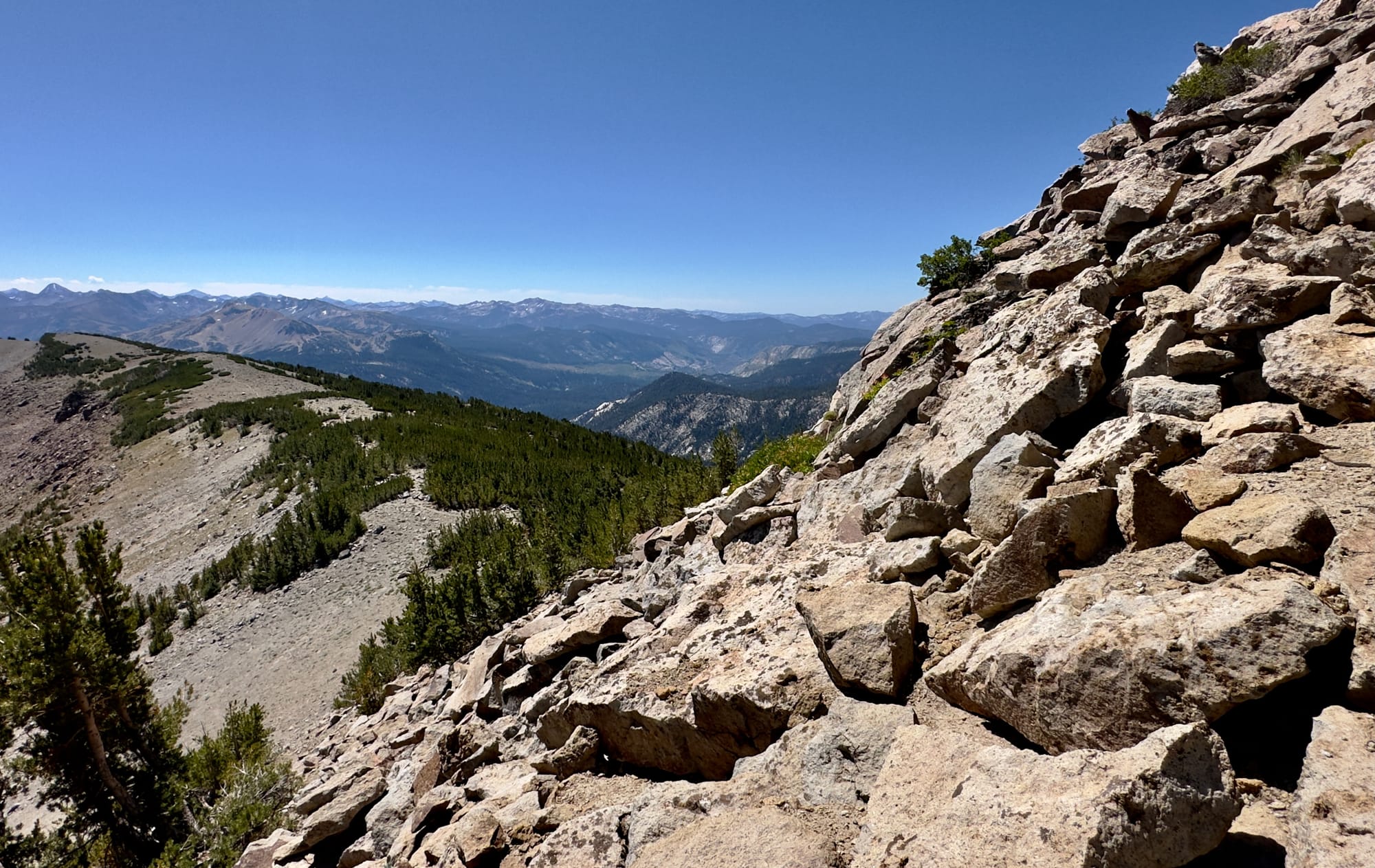
Planning Your Own Search
For those inspired to take up the mantle of treasure hunter, the Sierra Nevada offers a landscape rich with opportunities for adventure. Whether you’re an experienced hiker or a weekend warrior, the region is filled with trails that promise both beauty and challenge. Deadman’s Pass, in particular, remains a popular starting point for those determined to unravel the mystery.
Before embarking on your journey, it’s essential to prepare adequately. The Sierra Nevada’s rugged terrain can be unforgiving, and weather conditions can change rapidly. Ensure you have the right gear, including a reliable GPS, maps, and plenty of supplies. Remember, the search for the Lost Cement Mine is not just about following in the footsteps of history—it’s about respecting the land and the elements.
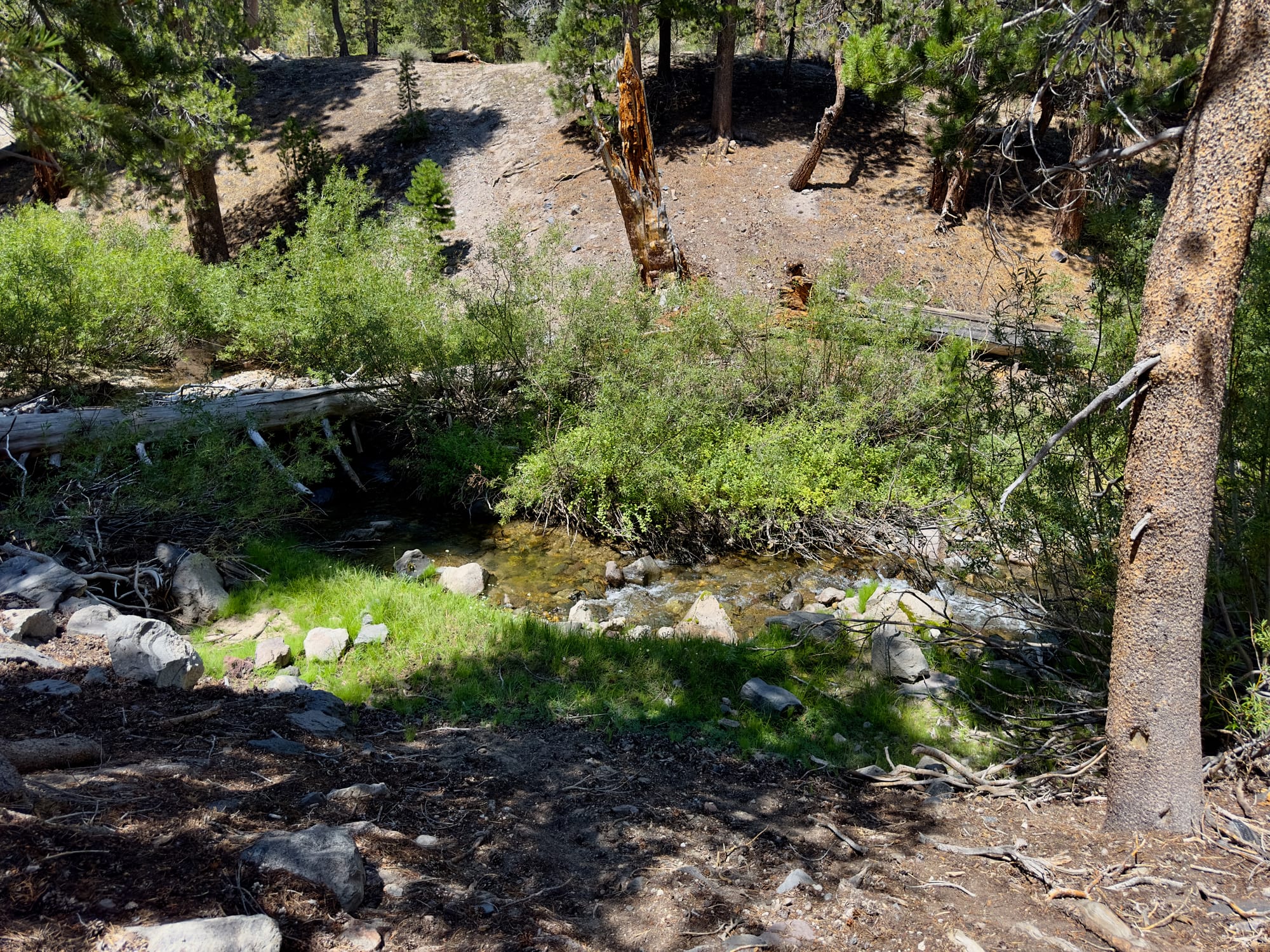
A Legend That Endures
The Lost Cement Mine remains one of the most enduring legends of the American West, and its connections to Deadman's Pass and Mark Twain add layers of intrigue to an already fascinating story. Assuming it hasn’t already been found in one of the nearby mining districting, the exact location of the mine may forever remain a mystery, but the allure of this forgotten treasure continues to draw people into the wilderness, fueled by the hope of discovering something extraordinary.
Whether you find gold or not, the true reward might just be the adventure itself—the chance to connect with history, challenge yourself, and experience the timeless beauty of the Sierra Nevada. So, pack your gear, study the old maps, and set out on your quest. Who knows? You might just be the one to finally uncover the Lost Cement Mine.
